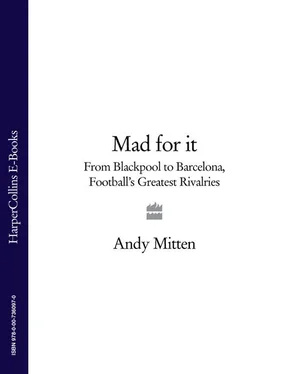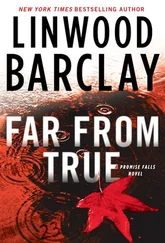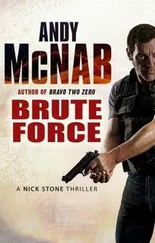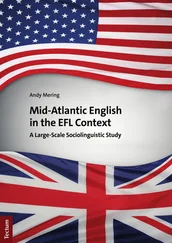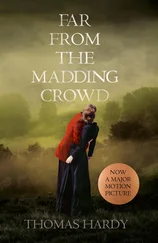‘Our support needs sorting out before the quilts [the antithesis of the streetwise fan] have watered us down to nothing,’ added Sampson.
It would be easy to attempt to score cheap points at the very idea of organised spontaneity, but United fans have gone through exactly the same. Despite great success on the pitch, the atmosphere inside an increasingly commercialised Old Trafford withered throughout the 1990s. The ‘singing section’ in Old Trafford’s Stretford End is contrived, but it was needed to kick-start a lame atmosphere which still pales alongside past decades.
Like Liverpool fans, long-standing United fans cringe at elements of the club’s glory-hunting support. There is tension and in-fighting within both fan bases – hardly surprising given that they are so big. Like Liverpool fans, United fans hate the way opposing clubs bump up the price of tickets for away fans – a rich club doesn’t mean rich fans. Both sets of fans are regular visitors to Europe and have similar tales of police brutality. Many on both sides are indifferent to the fortunes of the England national team, preferring pride in their own city and team. The laddish fan elements dress in a similar way, listen to the same music, and note the same cultural influences. When news filtered through recently that the Salfordian ‘Mr Madchester’ Anthony H Wilson had cancer, there was as much respect on Liverpool websites as on any United one – despite Wilson once presenting Granada’s regional news wearing an FC Bruges rosette on the eve of Liverpool’s 1978 European Cup Final against the Belgians.
Both fans talk with pride about the renaissance brought by new developments in their cities after decades of decline. Yet for all the similarities, there are stark differences between Liverpool and Manchester.
‘Liverpool has a very small middle class,’ explains one Anfield season-ticket holder who lives in Manchester. ‘As soon as people get money they leave, moving to the north of the city or to the Wirral. Or else they move to Manchester or London to further their professional ambitions.’
SIX CLASSIC GAMES
United 2 Liverpool 1
FA Cup, 1999
The treble seemed a long way off as Liverpool led an off-the-boil United with barely a minute to go. Then Dwight Yorke equalised and Ole Gunnar Solskjaer scored the winner in injury-time. In an uncanny rehearsal of what would follow in Barcelona, a gleeful Stretford End demanded to know: ‘Who put the ball in the Scousers’ net?’
Several Liverpool and Everton players live in Manchester’s suburbs and regularly shop and socialise in the city, no United players live near Merseyside. You don’t see neon signs offering ‘quality perms’ in Manchester.
Liverpudlians seem more maudlin, with the popularity of the deceased measured by the number of tributes taken out in the bulging obituary column of the Liverpool Echo . Mancunians are more inclined to adopt a harder exterior – and not just to the thousands of Scousers who flood the incongruous Trafford Centre, Manchester’s superior concert venues (the Liverpool team booked their Take That tickets for the Manchester Evening News Arena on the day they came out) or Manchester Airport, now that Scousers look beyond North Wales for their holidays.
Three days after the game at Anfield I received a text from the Liverpool fan who sorted me with a ticket for the Kop.
‘The lad next to you knew who you were,’ he writes. ‘He couldn’t think where he had seen you but he clicked after the game. He’d seen you covering the Wrexham vs Chester game for FourFourTwo last year and knew you were a Manc. He told the others after you had gone.’
It wasn’t just Manchester United who got lucky.
‘Get Ready for a War’ River Plate v Boca Juniors, April 2001
They know each other as ‘the chickens’ and ‘the shits’. Seventy-nine arrests is considered a quiet day at the office. River Plate v Boca Juniors is more than just another game…
Autumn in Argentina and it’s warm and sunny without being uncomfortably hot, but in Buenos Aires the mercury is beginning to rise. It’s midday and around 2,000 fans are gathered outside El Monumental (‘the Monument’), the 70,000 capacity home of reigning Argentine champions River Plate, and the stadium which witnessed Argentina lifting the World Cup in 1978 beneath a shower of ticker tape and toilet roll. Suited and booted middle-aged men, briefcases in hand, stand toe to toe with the young, replica shirt-wearing riffraff, a stark contrast in their scuffed trainers and ripped jeans as they queue along the edge of the stadium’s perimeter fence.
As the queue bottlenecks towards the pitifully inadequate number of open ticket booths, the crowd surges forward en masse , forcing dozens of armed police into action with their shields. As the jubilant River fans emerge from the scrum, one by one they kiss their tickets before holding them aloft like trophies and exchanging high fives and celebratory hugs with others. It’s as though they’ve already won the match in question, even though it’s still two days away and it’s not being played here but at on the other side of town at La Bombonera (‘the Chocolate Box’), home of River’s bitter rivals Boca Juniors. But this, you see, is no ordinary match. This is El Superclassico (‘the super derby’) and River’s allocation of 11,000 tickets will be snapped up in next to no time.
So big is El Superclassico that to the media this week’s anti-capitalist demonstrations in Buenos Aires, sparked by an impending free-trade convention in the city, is a mere side show in comparison to the main event. Television chat shows and radio phone-ins are dominated by Boca-River this week and for the next few days, Argentina’s top sports newspaper Olé will dedicate ten pages of editorial to the clash each day. Also, on every wall around the city is a poster published by Argentina’s weekly football magazine El Graphico bearing the red and white shirt of River, the yellow and blue shirt of Boca, and the words Se Viene – ‘It’s Coming.’
Argentina’s two biggest and most successful clubs have met 166 times before this week – Boca winning sixty-one, River fifty-five – and have been fierce rivals since 1923 when River moved from La Boca, a cosmopolitan, working-class neighbourhood where both teams then resided. Since 1944, River have played in Nuñez, also known as Barrio River (‘Neighbourhood River’), a middle-class neighbourhood some ten kilometres north west of La Boca, up the River Plate from which the club takes its name. They have since been dubbed the middle-class team.
Although most people will tell you this class divide no longer applies, the rivalry remains just as intense. For example, River’s kit manufacturers are sportswear giants Adidas, with their biggest rivals Nike doing the honours for Boca, so you’ll rarely see River fans wearing Nike gear, nor Boca fans donning the Adidas logo. As for wearing the colours of your rival team, well that’s totally out of the question. The only apparent contradiction in the rivalry is the fact that both teams are sponsored by Quilmes , Argentina’s most popular beer.
So deep do emotions run between these two that we’ve barely stepped off the plane when my translator Pablo, an ardent River fan, greets us with some words of warning: ‘Get ready for a war.’ Sadly, ‘war’ is an all too accurate description of some of the scenes that have marred Boca–River fixtures in the past. In June 1968, seventy-four fans were killed at El Monumental when Boca supporters caused panic by throwing burning paper onto the home fans beneath them. More recently, in 1994, a busload of River fans was ambushed several miles away from the ground, resulting in two of them being shot dead. River had won the game 2–0 and for days afterwards graffiti appeared around Buenos Aires reading ‘River 2 Boca 2.’
Читать дальше
